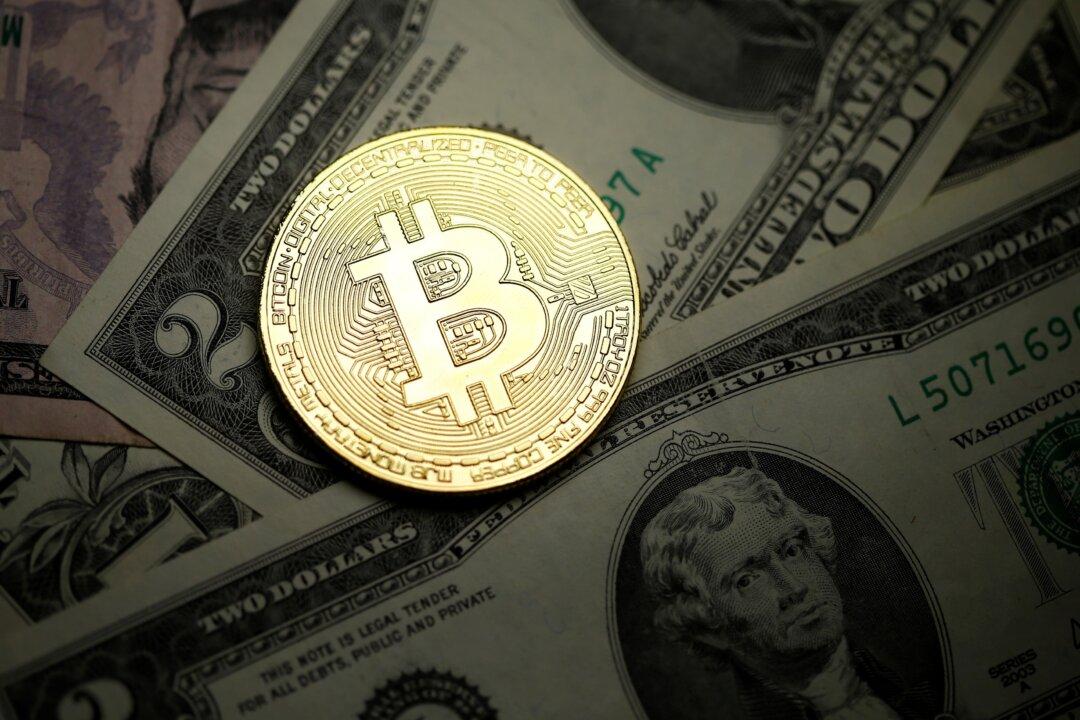In their brief history, cryptocurrencies have been among the most volatile widely traded assets ever seen. But how do cryptocurrencies compare with each other on simple metrics of volatility? Do some fluctuate in price more than others?
Earlier this year, we compared the volatility of bitcoin to that of traditional currencies. We found that the average daily percentage change and the standard deviation of bitcoin’s exchange rate with the U.S. dollar were several times higher than the dollar exchange rate against the euro, yen, pound, and gold.





